We take water that meets drinking standards and remove impurities through chemical processing. This processed water then undergoes ion-exchange treatment, ultrafiltration*1 and finally distillation before we consider it to be pure enough for production purposes.
The Ophthalmic Production Process
Here is the manufacturing process for Santen quality eye drops.
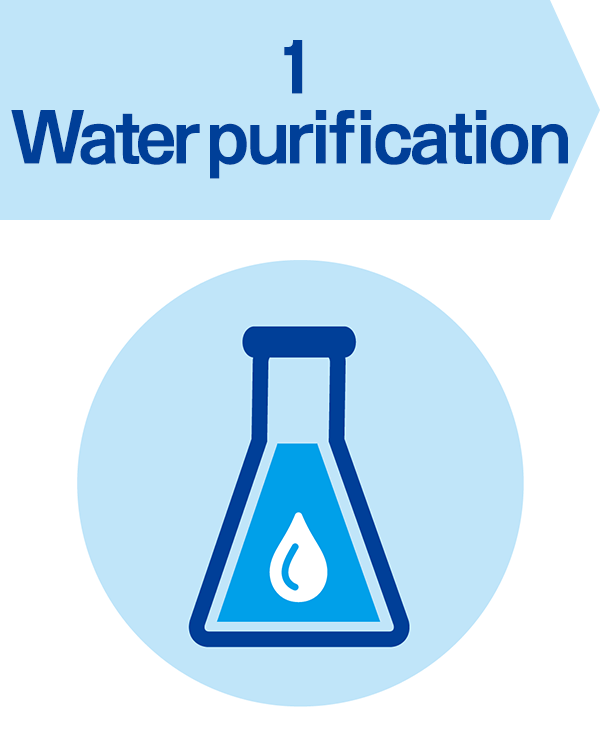
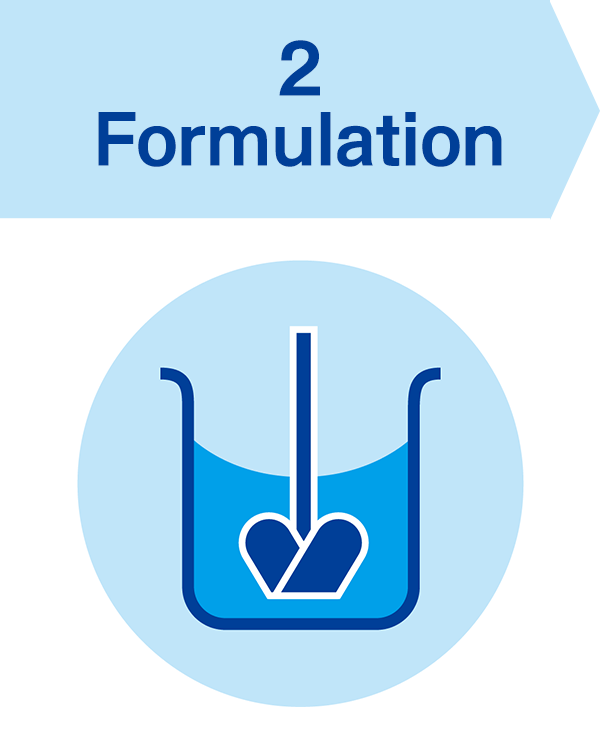
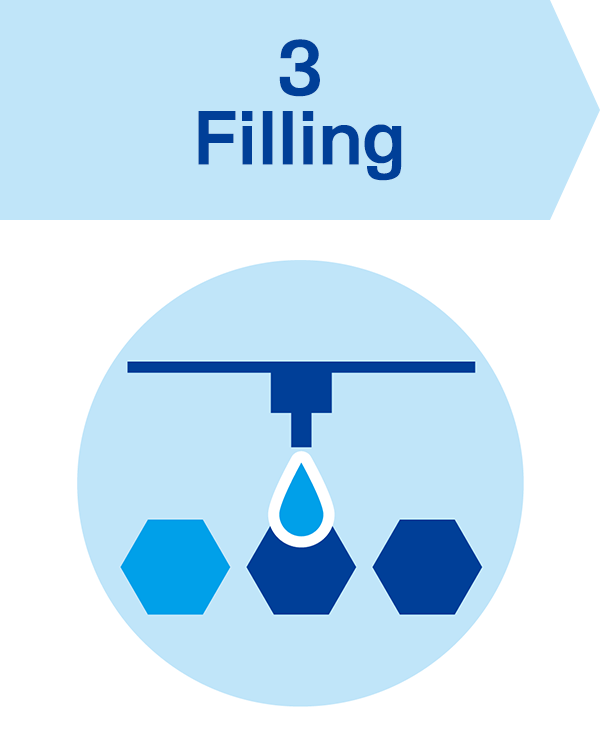
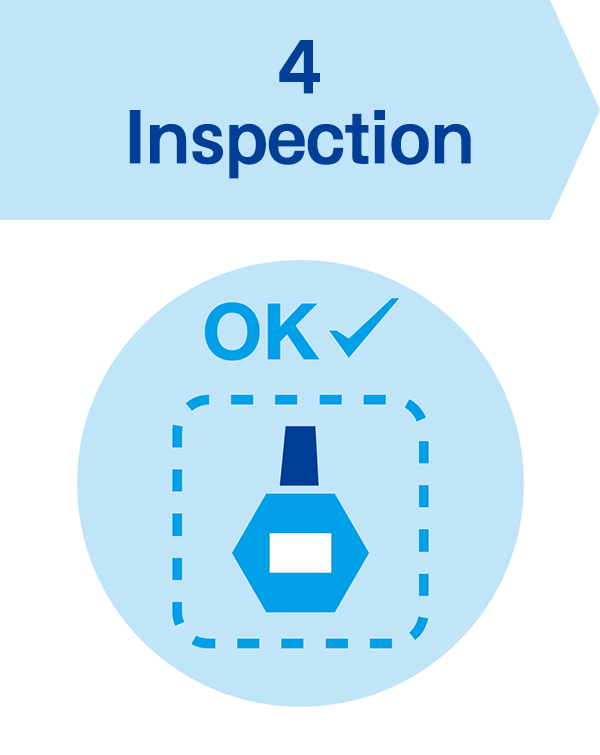
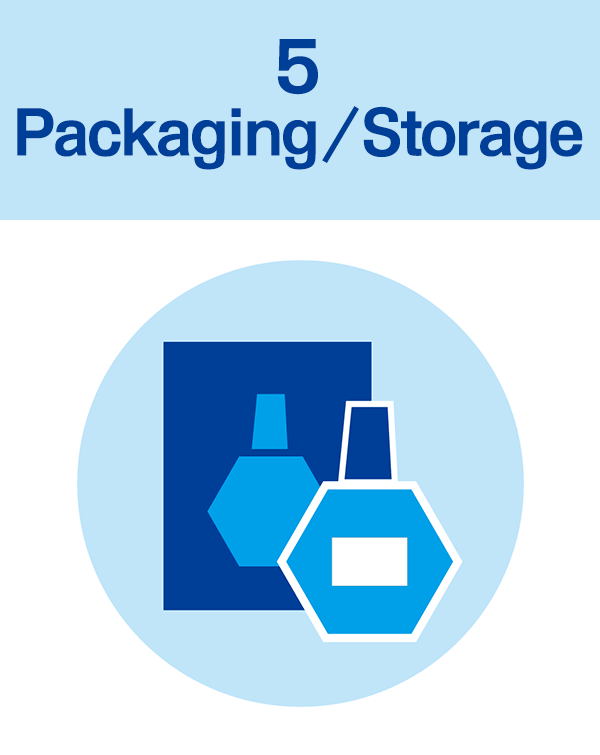
1.
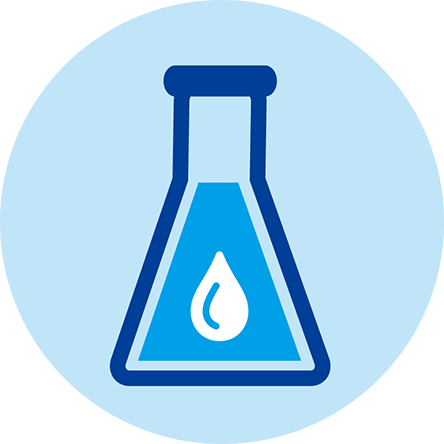
Water purification
Preparing Water.
- Water purification method using semipermeable membrane to remove colloidal substances, microorganisms, and macromolecular substances.
2.
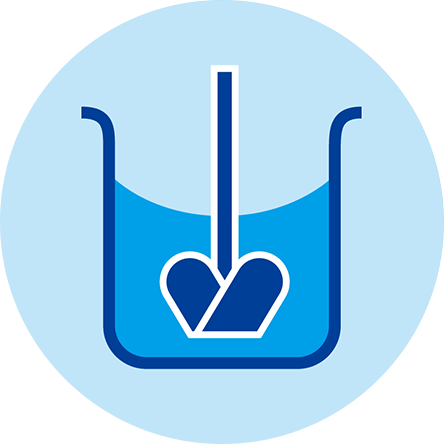
Formulation
Producing the Ophthalmic Solution from Water and Raw Ingredients.
The purified water is pumped through airtight and aseptic pipes to the formulation tanks. Raw ingredients are precisely weighed in the cleanroom and charged to the formulation tanks in a specific order, formulating the ophthalmic solution.
3.
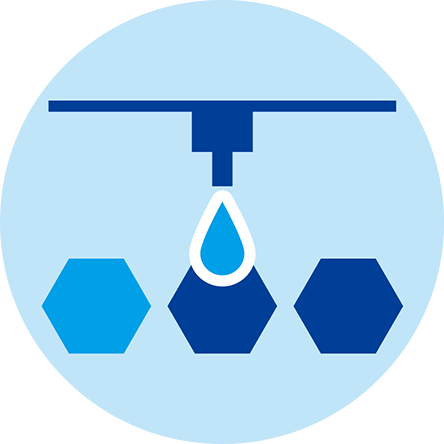
Filling
All Bottled Up.
After formulation, the resulting solution undergoes sterile microfiltration and is then sent to the bottling machine via airtight aseptic pipes. Representative bottling machine: Blow-Fill-Seal Type*2, 3P Type*3.
- In this technique, small liquid containers are formed, filled and then sealed in a continuous process while maintaining a sterile environment.
- In this technique, the process of filling a container with ophthalmic solution, inserting the stopper, and fitting the cap is carried out automatically.
4.
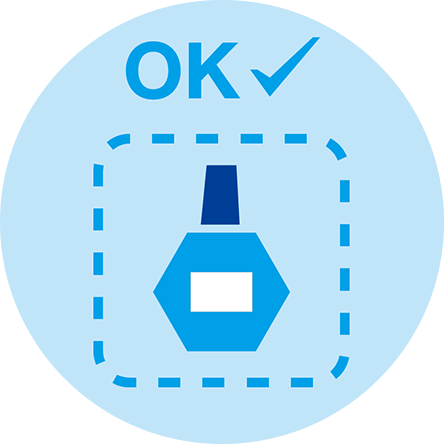
Inspection
Thorough Checks for Perfect Products.
After filling, each product is inspected by an automatic inspection machine, and those that are deemed to be non-defective are then stored in an intermediate storage facility.
5.
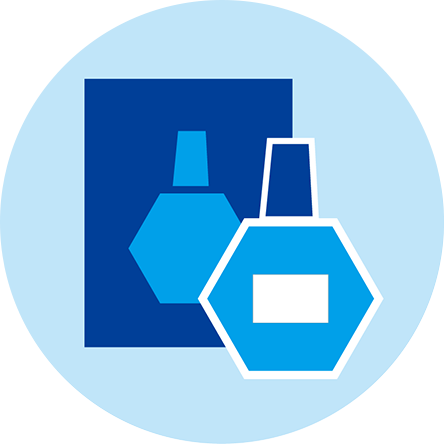
Packaging / Storage
Getting Ready to Travel to Help Patients.
After inspection, the products are sent to a labeling machine, where serial numbers and expiration dates are properly printed, before being packed in small boxes. These boxes are packed in cardboard boxes and kept in climate-controlled storage. Once the results of testing at each stage is deemed satisfactory, the products are finally ready for shipment.